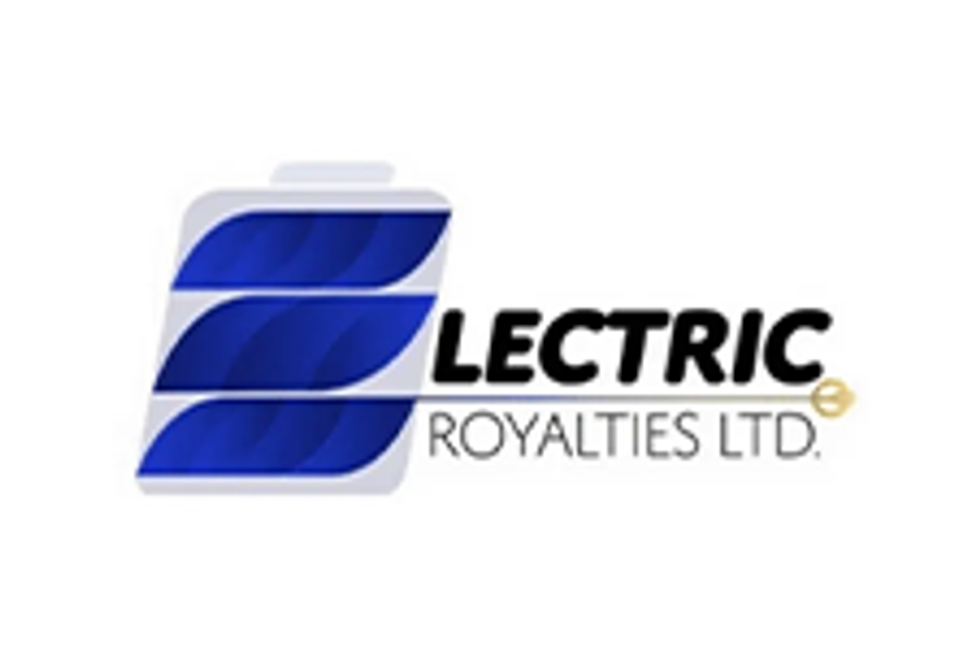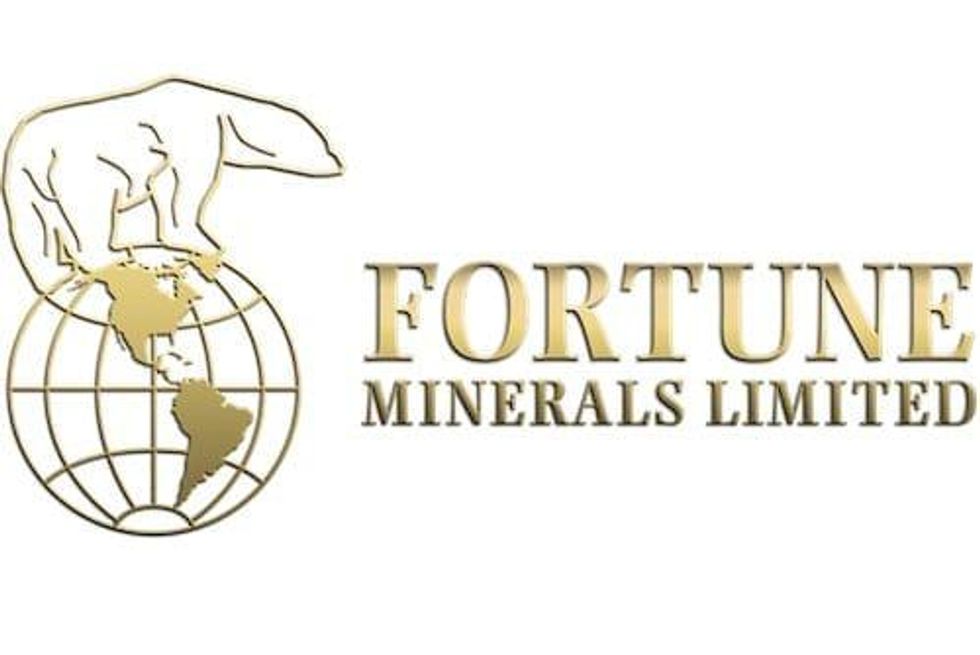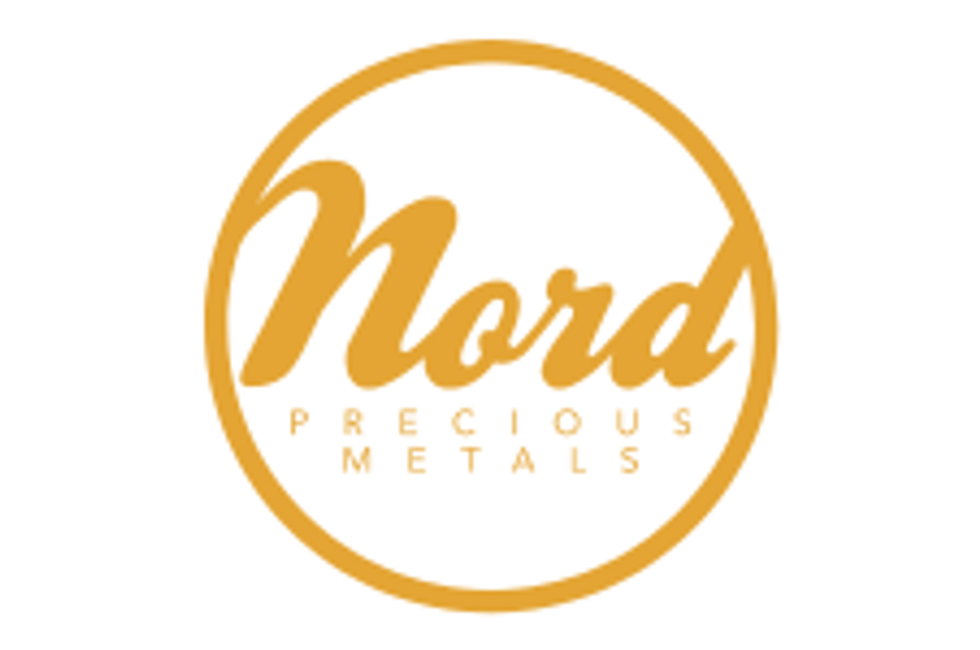Cobalt Outlook 2020: A Crucial Year for EV Production

Cobalt prices trended down in 2019, but what is the cobalt outlook for the year ahead? Analysts share their thoughts here.
Click here to read the latest cobalt outlook.
This time last year, market watchers expected cobalt, a key element in lithium-ion batteries, to recover from the lows seen in 2018.
However, in 2019 the battery metal‘s price continued to struggle as volatility dominated the sector.
With 2019 drawing to a close, the Investing News Network reached out to cobalt experts to get more insight about the metal’s future. Read on to learn what analysts expect in terms of the cobalt outlook next year, from supply and demand to potential price catalysts.
Cobalt outlook 2020: Price performance review
At the end of 2018, CRU Group Senior Analyst George Heppel expected cobalt prices to fall in 2019, but to nowhere near the extent that they did in practice.
According to the expert, one of the main reasons for the price crash was a significant reduction in cobalt metal demand in Europe, as cobalt chemical producers switched to buying cheap feedstock from China as opposed to purchasing metal.
“(The other main reason) was a significant increase in metal supply from Chinese refineries such as Huayou and Yantai, which increased production and exports to Europe,” he added.
For his part, Roskill Director Jack Bedder said cobalt is always volatile and very difficult to predict.
“We expected the oversupply in hydroxide to result in a price correction, but the scale and speed of that correction were incredible,” he commented.
At the start of 2019, Fastmarkets had, in line with its forecast for supply surpluses in 2019 and 2020, revised its price outlook lower.
“We expected prices to average US$18.70 per pound in 2019 and US$17 in 2020,” Adams said. “In August we dropped our 2019 forecast to $16.05 and revised our 2020 to US$17.40. So far this year prices have averaged US$16.16.”
Cobalt outlook 2020: Supply and demand
Fastmarkets expects cobalt demand to pick up in 2020 after being weaker than expected in the second half of 2019 due to a slowdown in electric vehicle (EV) sales in China and greater use of lithium-iron–phosphate batteries at the expense of nickel-cobalt-manganese (NCM) cathodes.
Adams also expects a rebound in Chinese EV sales after the Chinese lunar new year.
“The whole Chinese auto market has been falling for 17 months and that is likely to be creating pent-up demand, and, when unleashed, some of that pent-up demand is likely to target EVs,” he said. “We also expect very strong growth in European EVs as original equipment manufacturers (OEMs) push EVs to help them meet the CO2 targets.”
For CRU’s Heppel, demand growth will continue to be strong, though lower than expected, with the transition to NCM 811 cathodes in China happening much faster than the industry expected at first.
“Stronger demand from the EV sector will be partially balanced by persistently stagnant demand from the portable electronics sector, as well as weak cobalt chemical demand from the industrial sector amid ongoing economic uncertainty,” he said.
Looking over to supply, Glencore’s (LSE:GLEN) Mutanda closure was the biggest news story of the year.
Located in the Democratic Republic of Congo (DRC), Mutanda is the world’s largest cobalt mine, with cobalt production reaching more than 27,000 metric tons last year. When active, its output makes up a fifth of global cobalt supply.
“(The Mutanda shutdown) will help to start rebalancing the market, but we do not expect a deficit in 2020 … we do in 2021,” Fastmarkets’ Adams said.
Similarly, Bedder said taking the world’s biggest cobalt mine offline will help bring the market into balance; however, when that will happen remains to be seen.
“It depends on the level of supply from Glencore’s competitors and the new projects being developed in the DRC,” he said. “It also depends on levels of demand for hydroxide and how quickly existing stocks can be drawn down.”
Bedder also expects the intermediates market to return to balance over the next two years. “But, then again, if the price shoots up and there is a huge artisanal response (as was the case recently), things could change,” he commented.
For CRU’s Heppel there will be more than enough new supply ramping up from 2020 to 2021 to prevent any major cobalt shortages that could arise from shutting Mutanda.
“Katanga and RTR continue to ramp up production, CNMC’s Deziwa project in the Congo is going from strength to strength and there is also unused artisanal capacity that could switch on if prices begin to creep up,” he said.
Heppel added that there are also large quantities of intermediate stocks built up in Africa from the cobalt boom of 2017 to 2018, which should keep the market well supplied for most of 2020.
“We do not expect to see major deficits until 2023 to 2024 at the earliest — but even then, we urge caution. If you extend the supply/demand balance of any commodity far enough into the future, you get a deficit. It shouldn’t be the basis of a strong price forecast. There are many other factors at play.”
Benchmark Mineral Intelligence Senior Analyst Caspar Rawles said the first half of 2020 will probably be unexciting for cobalt, with the market expected to be fairly flat or slightly below where it is right now.
“But starting in the second half of the year, the market will start feeling (the Mutanda) closure a little bit more,” he said.
In 2019, Glencore made news headlines after signing long-term supply deals with SK Innovation (KRX:096770), Umicore (OTC Pink:UMICF,EBR:UMI) and GEM (SZSE:002340).
In a recent call with investors, Glencore mentioned its ongoing contract negotiation with BMW (OTC Pink:BYMOF,ETR:BMW). That reflects the trend of more downstream players in the EV value chain being keen to secure long-term supply of cobalt, a crucial element for EV mass production, Bedder said.
“Despite many refiners favoring spot purchases, Roskill believes large cobalt consumers, including those who supply automakers, will still opt for a long-term purchasing strategy as raw material security and sustainability remain the main concerns for end users,” he added.
CRU’s Heppel agreed, saying that he expects battery and precursor companies to continue locking in long-term supply, either through supply deals or increased vertical integration, particularly in the case of the Chinese refinery sector.
“I would be surprised to see more OEMs getting involved in purchasing, though — for the most part they seem to have pushed raw material responsibility onto their battery manufacturers,” he said.
Fastmarkets’ Adams expects to see more of this type of deal in the new year.
“While the present market may be in the doldrums, those in the supply chain know only too well where this market is going, and security of supply is all important,” he said.
Partnerships are a path that can help reduce some of the volatility from raw material input prices, Benchmark’s Rawles said.
“There’s certainly potential for acquisitions not only in cobalt, but other parts of the supply chain as well.”
Bedder stated that partnerships between cobalt miners and downstream EV manufacturers suggest that the long-term outlook for cobalt demand from the EV sector remains strong. These partnerships have taken place despite some softness in the cobalt price, and amid short-term weakening of demand and negativity around the recent Chinese EV subsidy cut.
Speaking of subsidies, Heppel suggested keeping an eye on the Chinese 2020 EV subsidy policy, due for release in Q1. “This will be the key driver of cobalt demand growth in 2020,” he added.
In 2020, another topic that will continue to be part of the conversation in the cobalt space is developing supply chains outside of China.
“We have started to see more partnerships and long-term contracts between producers and non-Chinese players, including some in Europe and the US,” Adams said. “The middle and downstream parts of the supply chain want shorter supply chains.”
However, Rawles said, China remains by far the center of cobalt refining, with one of the main challenges for other regions being competing on costs.
“You have to be able to bring production to the market at the right cost … there’s a lot of interest, although in other regions things tend to take longer than in China,” Rawles said.
For CRU’s Heppel, China has already won the race in terms of refining capacity. It has the supply connections in the DRC, the manufacturing scale and the partnerships in place.
“Aside from a few new sources of refined cobalt (such as HPAL operations in Indonesia and the First Cobalt (TSXV:FCC,OTCQX:FTSSF) refinery in the US), I don’t expect a major change to the supply landscape for refined cobalt,” he said.
Cobalt outlook 2020: What’s ahead for prices
Looking over to prices in 2020, Fastmarkets forecasts an average cobalt price of US$17.40, with the metal remaining flat around current levels in the first half and then picking up in H2.
For CRU’s Heppel, a major trader selloff will keep prices depressed in the mid-teens in Q1, but analysts at the firm expect prices to begin to recover from Q2 onwards.
“I don’t expect prices to breach US$20 just yet, but we should see an increase in payables at the very least,” Heppel said.
Meanwhile, Benchmark’s Rawles projects that prices for cobalt are likely to come off the levels seen after the Glencore news, but they will probably not return to the lows seen at the start of 2019.
“First six months of 2020, there’s probably nothing to create higher prices without any kind of supply shock to the supply chain,” he said. “But as we look post-summer, when market participants start looking to source their supply for 2021, I think people will start to realize the market is a bit tighter than expected and we might see prices starting to rise.”
Key factors to watch out for in 2020 include any updates from the DRC, growth in high-nickel cathode demand and EV production from automakers set to start in the new year.
Click here to learn about cobalt trends in 2019, and click here to see what cobalt company executives see coming for the market in 2020.
Don’t forget to follow us @INN_Resource for real-time news updates.
Securities Disclosure: I, Priscila Barrera, hold no direct investment interest in any company mentioned in this article.
Editorial Disclosure: First Cobalt is a client of the Investing News Network. This article is not paid-for content.
The Investing News Network does not guarantee the accuracy or thoroughness of the information reported in the interviews it conducts. The opinions expressed in these interviews do not reflect the opinions of the Investing News Network and do not constitute investment advice. All readers are encouraged to perform their own due diligence.


